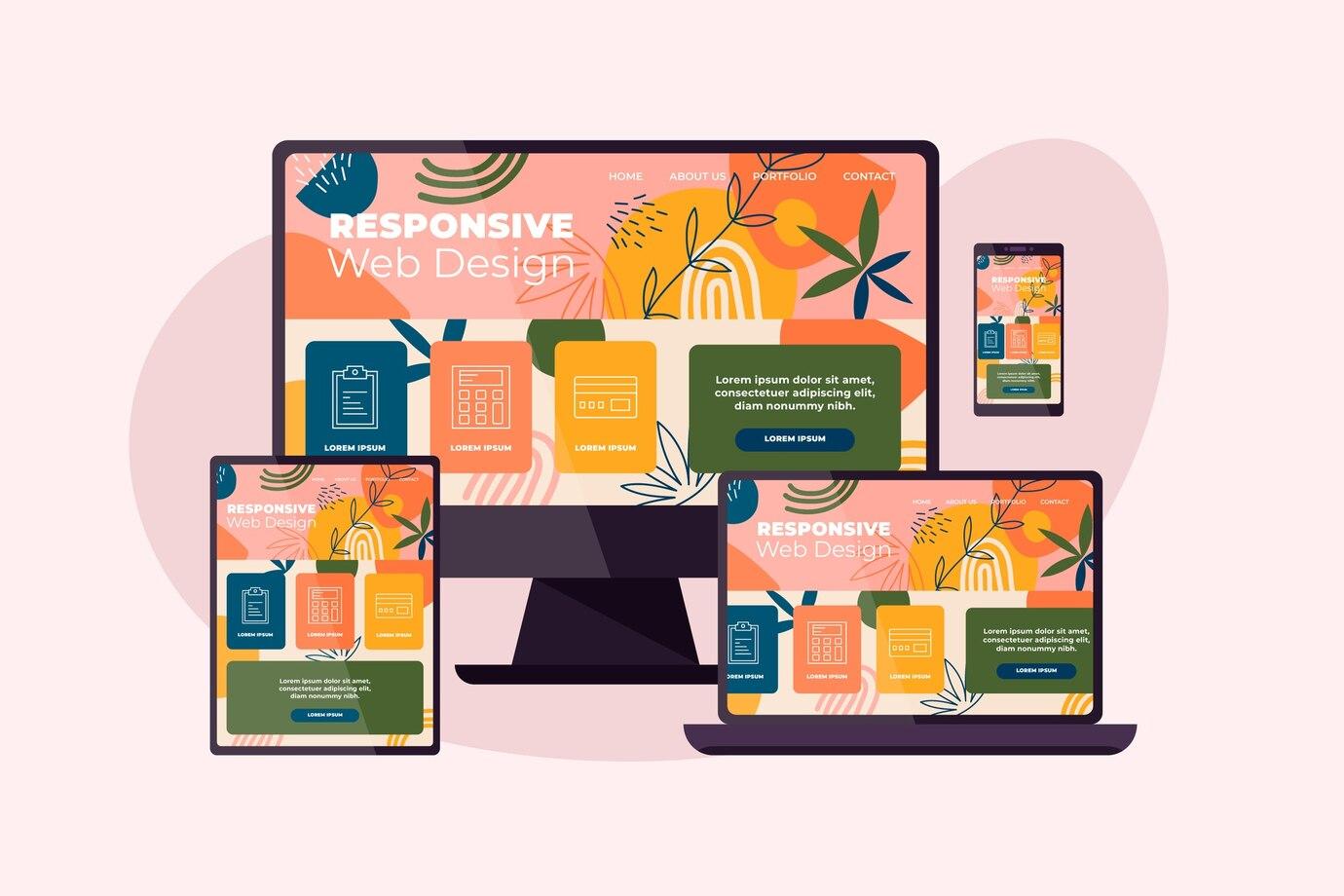
Responsive website design is the need of this world, with companies focusing aggressively on making their website responsive to all devices as the user experience is the most important thing. And during any website SEO, responsive web design is one of the most important elements search engines take into consideration. But, lots of devices and variations in screen sizes, make this process a bit complex and hard for web development companies to master “responsive web design” Well, don’t worry! At Quantum IT Innovation we follow the stepwise process to build a responsive website and assure you after following these 6 steps you will be on a new path to a successful responsive Web Design Company. Majorly when you get a new project your interaction with the clients is just two times, once in the beginning when handing you the new website project and once in the last when you complete the website. But, to make the website responsive you have to bring openness to your company culture. Why not collaborate with clients during website development, you may be thinking a guy with no website development knowledge will help you. it’s a myth We are also the victim of this 2 interaction way but, then we change our way of working and involve the clients in the website development process. The benefits we get are: These are just a few benefits, the list is long but The only thing you have to do is to make more impactful the “client openness” is iterations whenever a new change comes from the customer side you have to make it possible and learn from it fast, find what happened and ask why it’s happened. Website impression altogether depends upon the value it gives. similarly, why not replicate the same thing when creating the responsive web design not only do we put our focus around the important thing but also make the website the perfect fit for your product and service. The common problem you may face is – creating the content, the solution for this is why not to rewrite and replicate the content of the competitor’s website only in the website design and development. Sketch it out: In the process to responsive website design, we put light on client openness and a content-first approach now its time to create the sketch of a new website, you may be thinking why not we do this step in starting, the only reason for this is – accuracy. When you have a general idea of what device their client customer majorly used and what demographic and psychographic factors affect them your design is much more accurate and the content-first approach is precise your focus on to make a website design a perfect fit for the content. So you may get to know, this process is not only makes the website responsive but also customer-centric. Images and content the 90% of any websites nowadays and before it, only content was king now Customers are more attracted to images so it’s important to make the images and content responsive to every screen and if you just work on these two things you will win the game of responsive website design. To respond to the images, Tools like And others will work for you. Tools that change images according to screen size can be a game changer if you know a client customer uses x device to access the website just set the images according to it. To respond to the content, you have to focus on it not change its size, and doesn’t go below the limit when it’s difficult to read. *Try to avoid mistakes when developing devices responsive website. Viewport width helps you here viewport means the size of the screen so your viewport width should be 1% of the Viewport if it is 60 VW will be 0.6. Today themes like Hestia are experts in making content responsive of its own so try to invest in good themes and image plugins and keep in mind you are investing in 90% of the website so its success will be accordingly. After you responsive the images and content, the next step in the responsive web design process is to work on media queries means, setting up different media styles for different devices, let say a website is more searched by Apple users, so to make the responsive design just for the apple users you let say, change the image style from horizontal to vertical, but the message it conveys remain the same. The only thing to keep in mind is, that “responsive web design” goes hand in hand with “amazing user experience” If they lose paths with each other then it will be a big mess. Many web design companies made amazing websites they also made them responsive but, they lost the opportunity to even make them better “Better “ here means a masterpiece. the only thing which here is required is to see what’s response of the consumers towards the website. To understand website users' experience we have to connect any website analytics software like Google Analytics- https://analytics.google.com/analytics/web/#/ to the website just simply place its tracking code in the header of every page and you will be available to the ocean of website metrics, well which one do you think the most important and gives you an idea that users love the website. the key metric to focus on It will also be good if you connect Google’s- https://www.google.com/webmasters/ or Bing’s webmaster – https://www.bing.com/toolbox/webmaster tool to the website it gives you the report of errors the user faces in the website like 404, 500, 400, 401. now the idea behind this is not just to see these matrices and hope your website becomes responsive of its own but also to take actions instantaneously and adopt the idea of “iterations” which means try new things to improve and testing it again and again until the website becomes responsive. These steps will only be effective when you try them, start to bring the change at the very start of your website development process, and include your client in website development they will help you to make a responsive customer-centric web design then try to focus on content first it will help you to make the good and appropriate web design. work on making images and content responsive with the help of tools suggested above, and use media queries to give a good user experience to customers. The last is the test it learns what doesn’t work from the analytics tool finds the solution to it, applies it and again looks for deviationClients’ openness
Content first approach:
Responsive the images and content:
Media queries:
Testing:
Conclusion

173 E Columbine LN, Westfield, Indiana
H-11, First Floor, Sector 63, Noida, Uttar Pradesh 201301
10 Suffolk Place Aintree, Victoria, Australia -3336
6-425 Hespeler Road, Cambridge, Unit 303, N1R8J6

5 gleann dara,Tully,Ballinamore Co Leitrim, Ireland